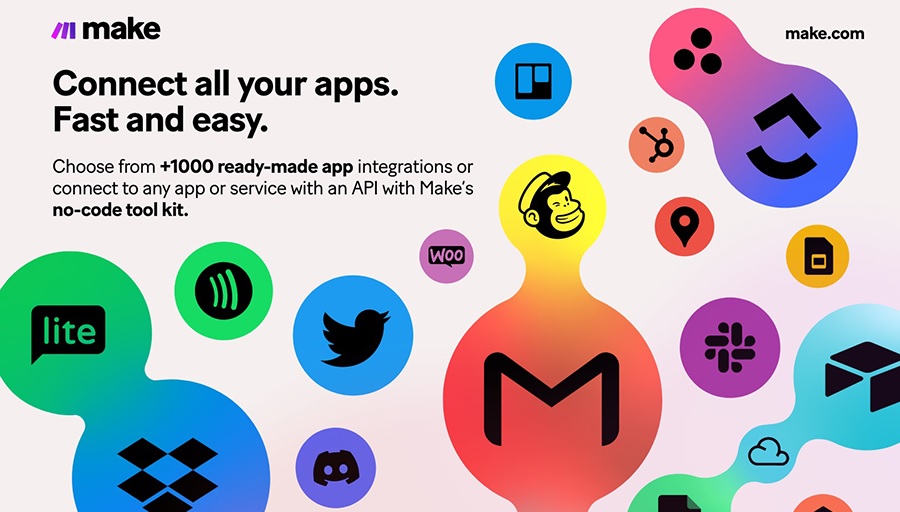
Chatbots have evolved from basic question-answering tools into sophisticated digital assistants. The key to this transformation lies in AI-powered workflows, which connect chatbots to data sources, decision-making engines, and business systems. Intelligent chatbots no longer just respond to keywords – they understand intent, act on information, and improve over time. By building smarter workflows behind the scenes, organizations can create chatbots that feel less like scripted bots and more like trusted assistants.
Contents
From Scripts to Intelligence
Early chatbots operated like automated phone menus. If users followed the expected path, they got results. If they strayed, the experience collapsed. Today’s intelligent chatbots operate differently thanks to AI workflows. These workflows enable chatbots to:
- Interpret Intent: Understanding what users mean rather than just what they type.
- Access Context: Pulling customer data, order history, or account status for personalized responses.
- Take Action: Triggering processes such as refunds, reservations, or password resets.
- Learn Over Time: Improving accuracy through feedback loops built into workflows.
These capabilities transform chatbots into problem-solvers rather than glorified FAQ pages.
The Role of AI Workflows in Smart Chatbots
Integration with Systems
Workflows connect chatbots to business platforms like CRMs, ERPs, and support systems. For example, when a customer asks about an order, the chatbot pulls real-time shipping updates rather than relying on preloaded information.
Decision-Making Logic
AI workflows embed logic that allows chatbots to evaluate options. A chatbot handling refund requests may check purchase date, product type, and fraud signals before approving or escalating the case.
Automation Triggers
Instead of stopping at conversation, workflows trigger automated processes. A travel chatbot can not only provide flight details but also reschedule bookings, update calendars, and send confirmation emails automatically.
Feedback Loops
Workflows ensure chatbots get smarter. When customers rephrase questions or escalate to human agents, this data improves training models. Over time, the chatbot handles more queries without human input.
Capabilities of Intelligent Chatbots
Natural Language Understanding (NLU)
Modern chatbots grasp meaning and intent, even with slang or varied phrasing. This makes interactions smoother and more human-like.
Personalization
By accessing customer profiles, chatbots can offer tailored solutions. For instance, a banking chatbot might greet customers by name and provide updates on their specific accounts.
Multi-Channel Consistency
AI workflows allow chatbots to operate seamlessly across websites, messaging apps, and voice assistants. Users get consistent service no matter the channel.
Task Automation
From resetting passwords to booking appointments, intelligent chatbots can complete transactions instantly rather than just providing information.
Real-World Applications
Customer Support
Companies use intelligent chatbots to handle high volumes of queries. Agents focus on complex cases, while bots resolve routine issues quickly and accurately.
Sales Assistance
E-commerce businesses deploy chatbots that recommend products, answer purchase questions, and guide customers through checkout. Personalized suggestions increase sales conversions.
Healthcare
Healthcare chatbots help patients schedule appointments, check insurance coverage, and provide post-care reminders. They reduce administrative load and improve patient access to services.
Human Resources
HR teams use chatbots to handle employee queries about benefits, leave policies, and training opportunities. This reduces repetitive inquiries and improves employee satisfaction.
Benefits of Building Chatbots with AI Workflows
- 24/7 Availability: Chatbots provide instant responses around the clock.
- Scalability: Bots can handle thousands of conversations simultaneously.
- Consistency: Every customer receives the same level of service.
- Cost Efficiency: Automating repetitive conversations reduces support costs significantly.
- Improved Experience: Faster, more personalized interactions increase satisfaction and loyalty.
Challenges of Creating Intelligent Chatbots
Complex Design Requirements
Building intelligent chatbots requires designing natural conversations, not just coding workflows. Poorly designed bots frustrate customers.
Integration Difficulties
Connecting chatbots to multiple back-end systems can be technically complex, especially in organizations with legacy tools.
Security and Privacy
Since chatbots often handle sensitive data, strong encryption, authentication, and compliance measures are essential to protect users.
Balancing Automation with Human Touch
While chatbots handle routine tasks well, complex or emotional situations often require human empathy. Clear escalation paths are critical.
Steps to Building Intelligent Chatbots
Define Objectives
Clarify what the chatbot should achieve: reducing support tickets, increasing sales conversions, or improving employee access to information.
Map Workflows
Identify the workflows the chatbot will trigger. Consider integrations, decision rules, and escalation paths.
Focus on Conversation Design
Design interactions to feel natural and user-friendly. Anticipate varied phrasing and build flows that adapt smoothly.
Test and Improve
Deploy a pilot version, gather feedback, and refine. Iteration ensures the chatbot continues to improve over time.
The Future of Intelligent Chatbots
Chatbots are moving toward greater autonomy. Soon, they will anticipate user needs instead of waiting for queries. A banking bot might alert customers to unusual spending, or a healthcare bot might remind patients to refill prescriptions before they ask. These proactive assistants will blur the line between chatbots and full-fledged digital colleagues.
Creating intelligent chatbots is not just about programming responses. It is about building AI-powered workflows that give chatbots the ability to understand, act, and improve. Done well, they enhance customer service, streamline business operations, and empower employees. As AI workflows advance, chatbots will continue to evolve into indispensable digital partners in both business and everyday life.

